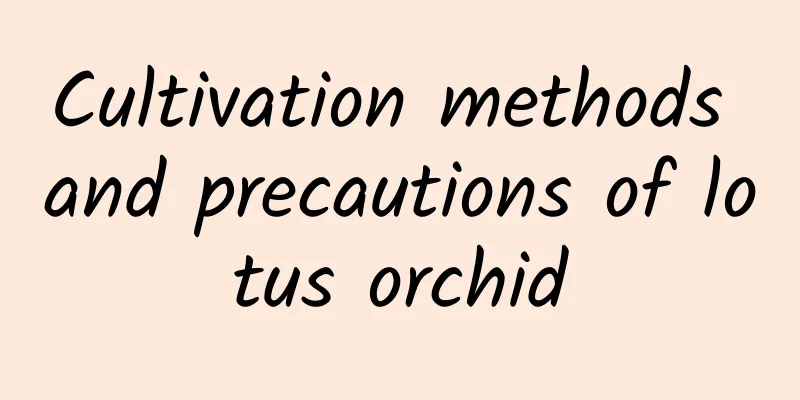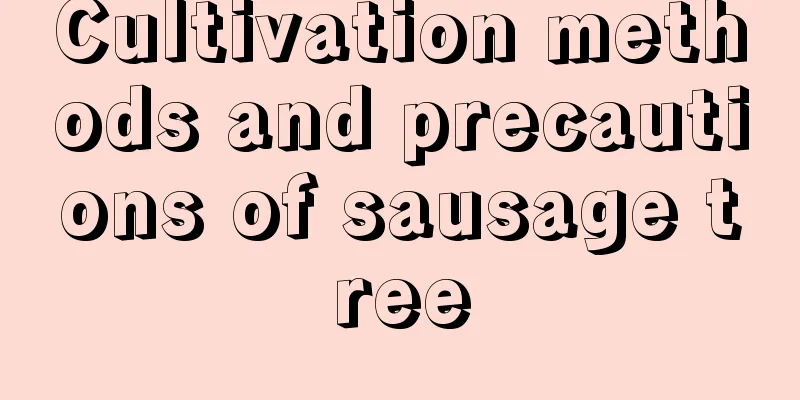How to treat black spot disease of rose

Understanding Black SpotpathogenIt belongs to the fungus family. Conidia are oblong or swim bladder-shaped, about 108-198 microns in size, a double-cell structure with a larger top and a smaller bottom. They grow in a disk under the host's main plasma layer and have a protruding epidermis. symptomThe young branches, pedicels and leaves of roses are likely to be infected. Purple-brown or brown dots are the initial form of the lesions, which then expand into dark brown or black round spots of about 1.5-3 mm (diameter). Some have ciliated edges, while others have smooth and neat edges. The lesions are often surrounded by a yellow halo. There are usually several spots connected together, and the diseased leaves will show large areas of yellowing, making the spots look like an "island" with green edges. Diseased leaves tend to fall off, but there are a few rose varieties that do not fall off. Young branches and pedicels will have purple or black stripes and slightly sunken spots. When the disease is severe, all the middle and lower leaves of the plant will fall off, leaving only a few new leaves at the top. TransmissionDuring the winter, the fungi will remain in the form of hyphae on diseased branches, diseased leaves or diseased fallen leaves. The conidia formed in the early spring of the following year are one of the sources of initial infection. Wind, rain, and splashing water droplets are the ways of spreading conidia, so the disease is prone to occur in rainy, foggy and dewy weather. Experiments have shown that on leaves that retain water, it only takes 6 hours for spores to penetrate and germinate. The pathogen can infect the plant multiple times, threatening the entire growing period of the rose. The disease is most serious during the rainy season and typhoon season, while the hot and dry weather in summer will slow the spread of the disease. Weak plants make it easier for pathogens to invade. Different varieties have varying degrees of resistance, but none are immune to the disease. Black spot disease prevention and control methods1. First of all, we should start from the source of infection, clean up fallen leaves and remove diseased leaves in time. In winter, pruning of seriously diseased plants needs to be strengthened to remove overwintering pathogens on diseased branches and leaves. 2. Do not arrange the potted plants too densely. Placing them directly on the ground will easily cause water accumulation and make the soil too wet. It is best to place them on a stepped planting platform. Change the way and time of watering, water slowly along the edge of the pot instead of spraying frequently. Never water at night, as wet leaves will facilitate the invasion of pathogens. 3. When using chemical treatment, you should start spraying when the new leaves begin to unfold in summer, usually once every 7 to 10 days. The pesticides can be 500 times diluted (75%) of thiophanate-methyl wettable powder, 500-1000 times diluted (50%) of carbendazim wettable powder, 500 times diluted (80%) of mancozeb wettable powder, Bordeaux diluted (1:1:100 times), or 1000-1200 times diluted (70%) of tolcarb-methyl. A thorough study of a disease can greatly increase the guarantee for the survival of roses. For more maintenance tips and practical methods, please read other related articles. Let’s become experts in flower cultivation together. |
<<: Disease control of pearl bush
>>: Prevention and control of diseases and pests of potted green radish
Recommend
How to grow ginger
1. Seed selection Choose healthy, complete, and n...
What fertilizer should be used to make shallots grow faster (what foliar fertilizer should be sprayed when growing shallots)
Many people find that the green onion leaves they...
Key points of oriental flower arrangement
The proportions of the branches and the flowerpot...
How to water Begonia
Watering tips for crabapple Begonia is a plant of...
How to water the anthemum
Watering tips for anthemis In spring, summer and ...
How to water cyclamen
1. Growth habits Cyclamen likes moisture and has ...
The efficacy and function of yew
1. Inhibit cancer The bark of yew contains an alc...
How to promote germination after cutting the stem of the lucky tree
1. Increase the temperature The lucky tree grows ...
How to grow catnip
1. Breeding environment 1. Light: The catnip is r...
What season is suitable for planting Swiss chard? Can it be planted all year round?
Swiss chard can be propagated through bulbs. Be s...
How to water succulents in spring
1. Spring watering method After entering spring, ...
Apple tree management techniques in January
With the arrival of January, the coldest period o...
How to grow yam
1. Maintenance methods 1. Temperature: The suitab...
How to cultivate pineapple flowers to grow well
Pineapple Flower Growing Conditions Pineapple flo...
Does placing anthurium at home bring good luck?
1. Does it bring good luck if you put it at home?...









